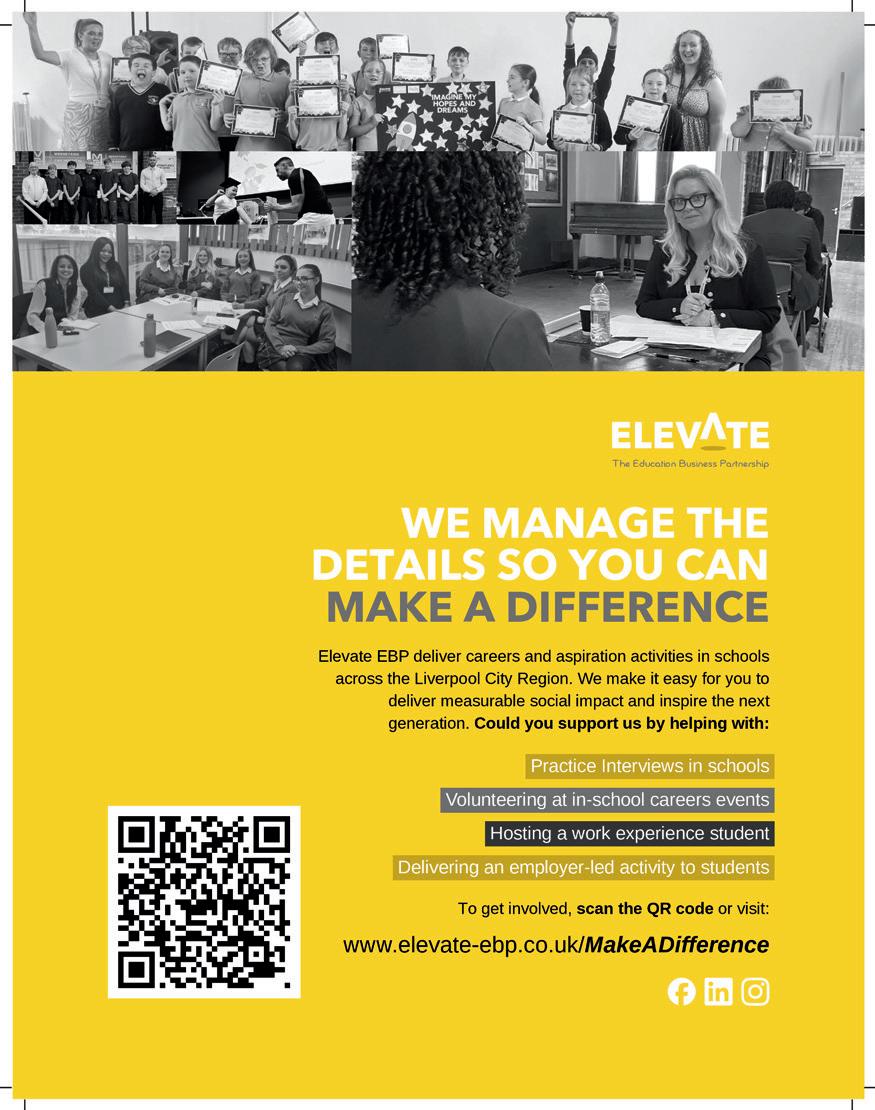
3 minute read
LEADING INNOVATION PROJECTS
The success and failure of innovation and transformation projects have been extensively researched, with the overwhelming conclusion that competent leadership is the defining factor in whether such projects succeed. Leading projects with considerable uncertainty, risk, complexity, and stakeholder pressures is a demanding job. It requires balancing strategic vision with day-today challenges, while managing expectations of stakeholders with often competing priorities.
What do leaders of successful innovation projects do? A simple but powerful model that we teach on our executive education courses provides a framework for effective project leadership. Of all the models that we have developed for teaching project leadership, this one has had the most traction and impact within the organisations we have worked with. The Project Leadership Model synthesises the research of several leadership experts into four key interdependent leadership capabilities:
Sensemaking: understanding the environment in which the project and its people operate. Sensemaking, a term introduced by organisational psychologist Karl Weick, is the process of making sense of our surroundings. Effective project leaders make sense of the world around them and their projects, mapping the project ‘terrain’. This is done by gathering data from multiple sources and stakeholders, involving others in interpreting it, testing what they believe they are seeing, and remaining open to new insights. Sensemaking ensures that everyone is working from the same ‘map’ of reality.
Relating: building effective and trusting relationships within and across projects and organisations. Innovation and transformation projects require alignment and collaboration with multiple stakeholders and their sometimes conflicting requirements. Building such relationships requires trust, mutual understanding, and respect. Cultivating a network of committed and supportive stakeholders helps the leader accomplish the project goals.
Sensemaking and relating form the ‘enabling’ axis of the Project Leadership Model, through which the project leader collects information on what is happening in and around the project - which is then used for visioning and inventing, the ‘action’ axis of the model.
Visioning: creating a compelling picture of the future the project will deliver. Whereas sensemaking creates a map of ‘what is’, visioning produces a map of ‘what could be’: the project leader’s intent. This vision gives the team a sense of purpose and meaning in their work, inspiring and motivating them. If the vision is compelling and credible, the team will want to find ways to make it a reality. The project leader should be a role model for the vision, embodying the core values and ideas, and communicating what can be achieved to the team.
Inventing: developing new ways to achieve the project vision. Inventing turns the vision of the future into a tangible reality. Rather than using the term ‘execution’, ‘inventing’ implies the creativity and innovation required to deliver the benefits of the project. Implementing a new vision is very rarely reliant on simply repeating past approaches - the project leader should encourage creative ways of getting it done, asking: ‘what other options are possible?’ and experimenting with new ways of doing things.
These four leadership capabilities emphasise ‘what leaders do’ in leading complex projects. We added a fifth capability – acumen - to emphasise ‘who leaders are’: the accumulated experience and wisdom that the leader brings to their role, and determines their ability in sensemaking, relating, visioning and inventing.
Acumen: the consolidated experience that underpins good intuition and judgement, and the ability to draw on their own, and others’, experience to make effective decisions. Acumen provides a ‘sense’ of a situation; a ‘gut feeling’ based on experience that enables the leader to know when to probe, challenge, trust, or step back.
Rarely will someone be equally skilled in the four capabilities of sensemaking, relating, visioning and inventing. Effective project leaders acknowledge that they are not ‘project heroes’ but in reality ‘incomplete leaders’ – recognising that they have both strengths and weaknesses in various areas, and actively complement their skills with the skills of those around them. This importantly requires their organisations not to have unrealistic expectations of their project leaders: an effective project leader is one operating in their best leadership abilities whilst leveraging others in the team in theirs - leadership is less about perfection and more about building the conditions for success of complex, uncertain, and highstakes projects.
Carl Gavin is Professor of Project Management and Director of Executive Education at the University of Liverpool Management School. The school offers tailored leadership and management training – for more information, please visit: www.liverpool.ac.uk/management/cpd




